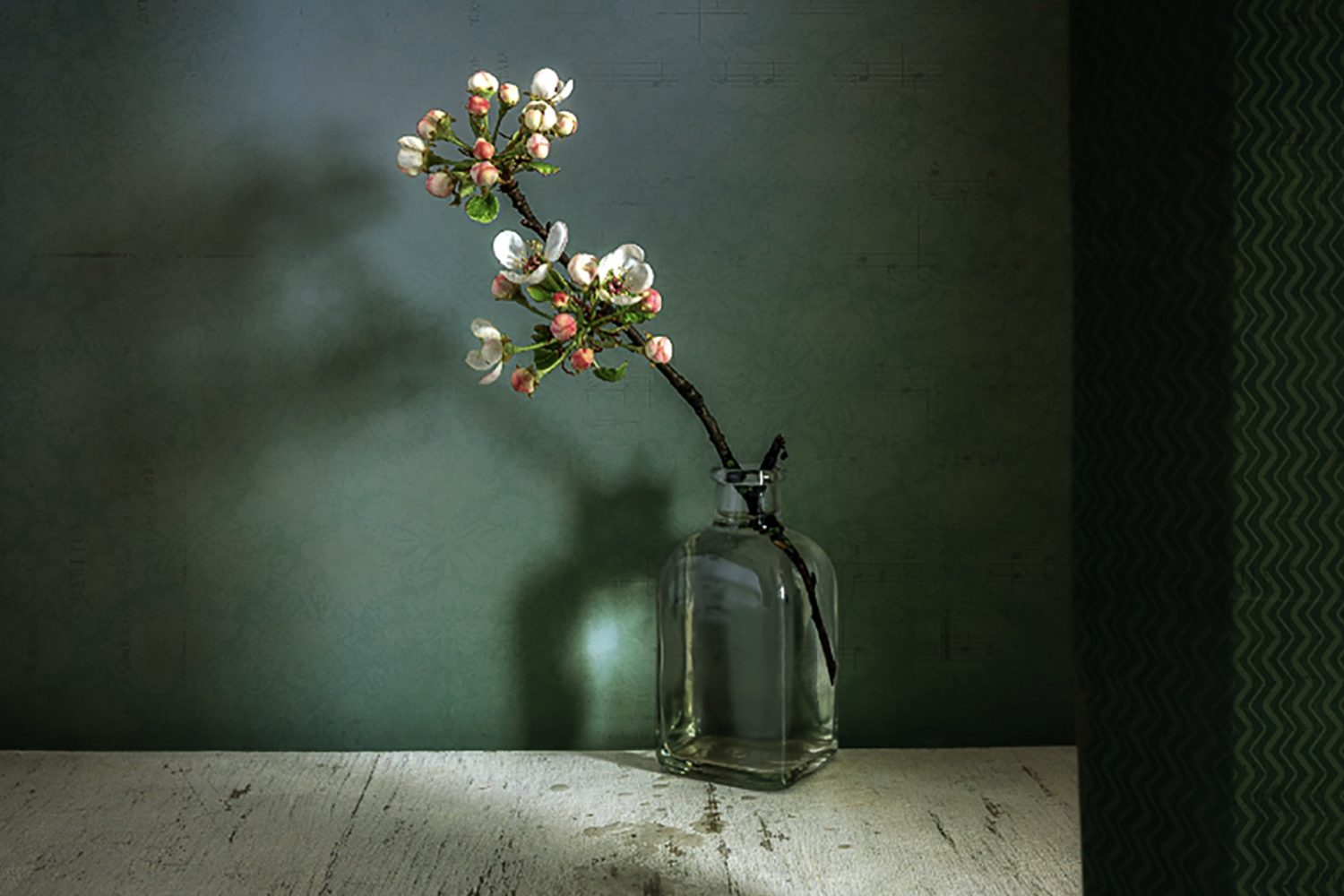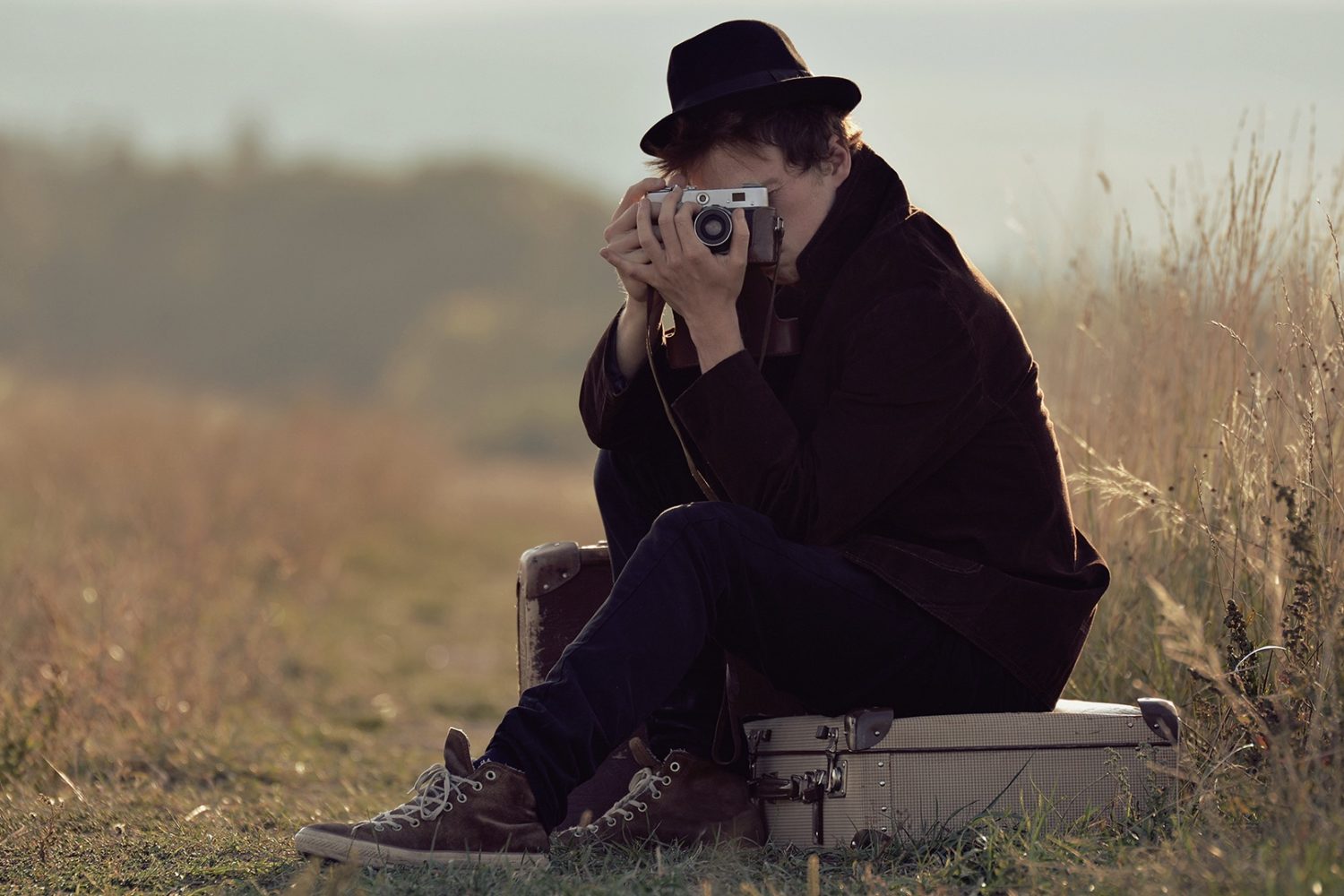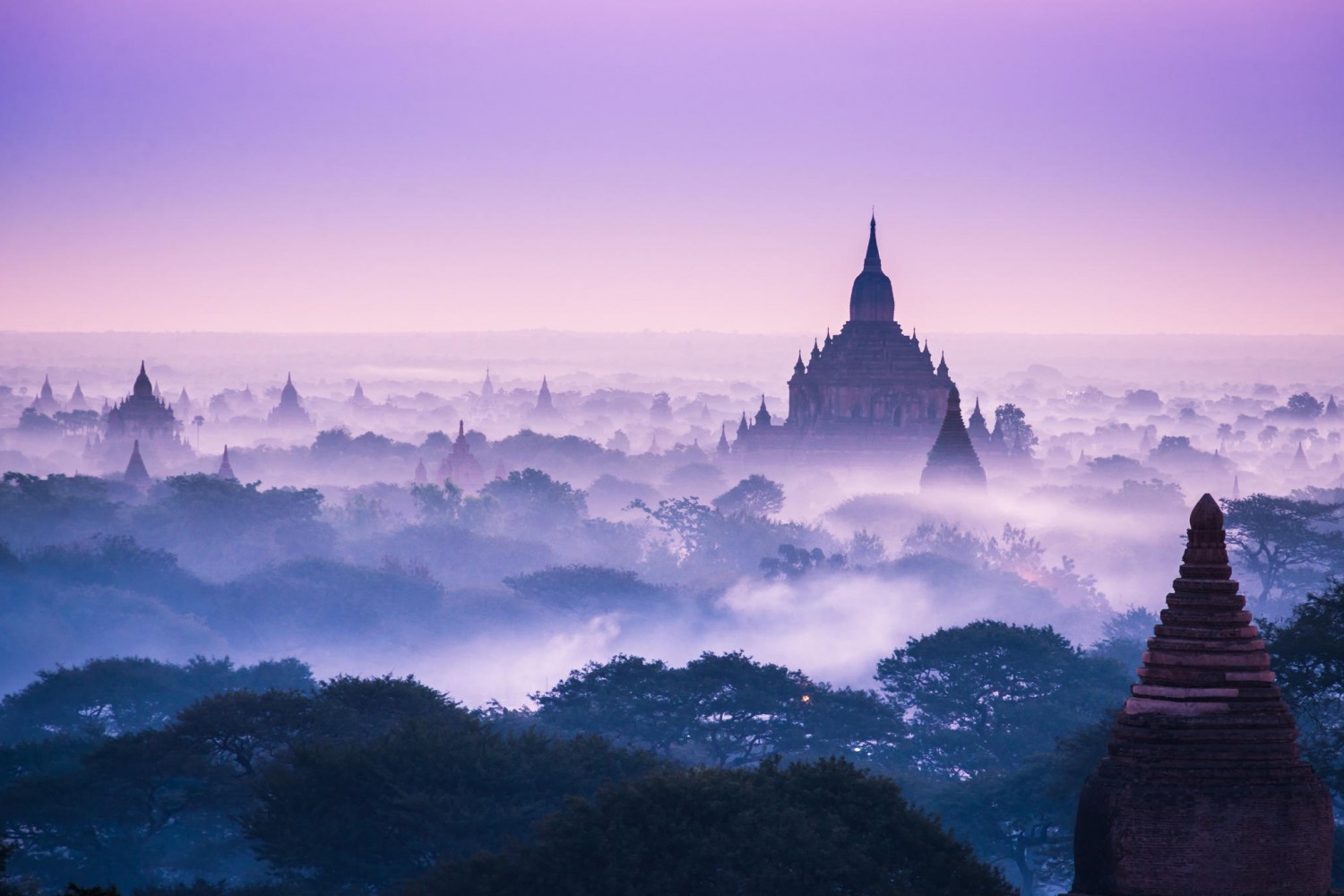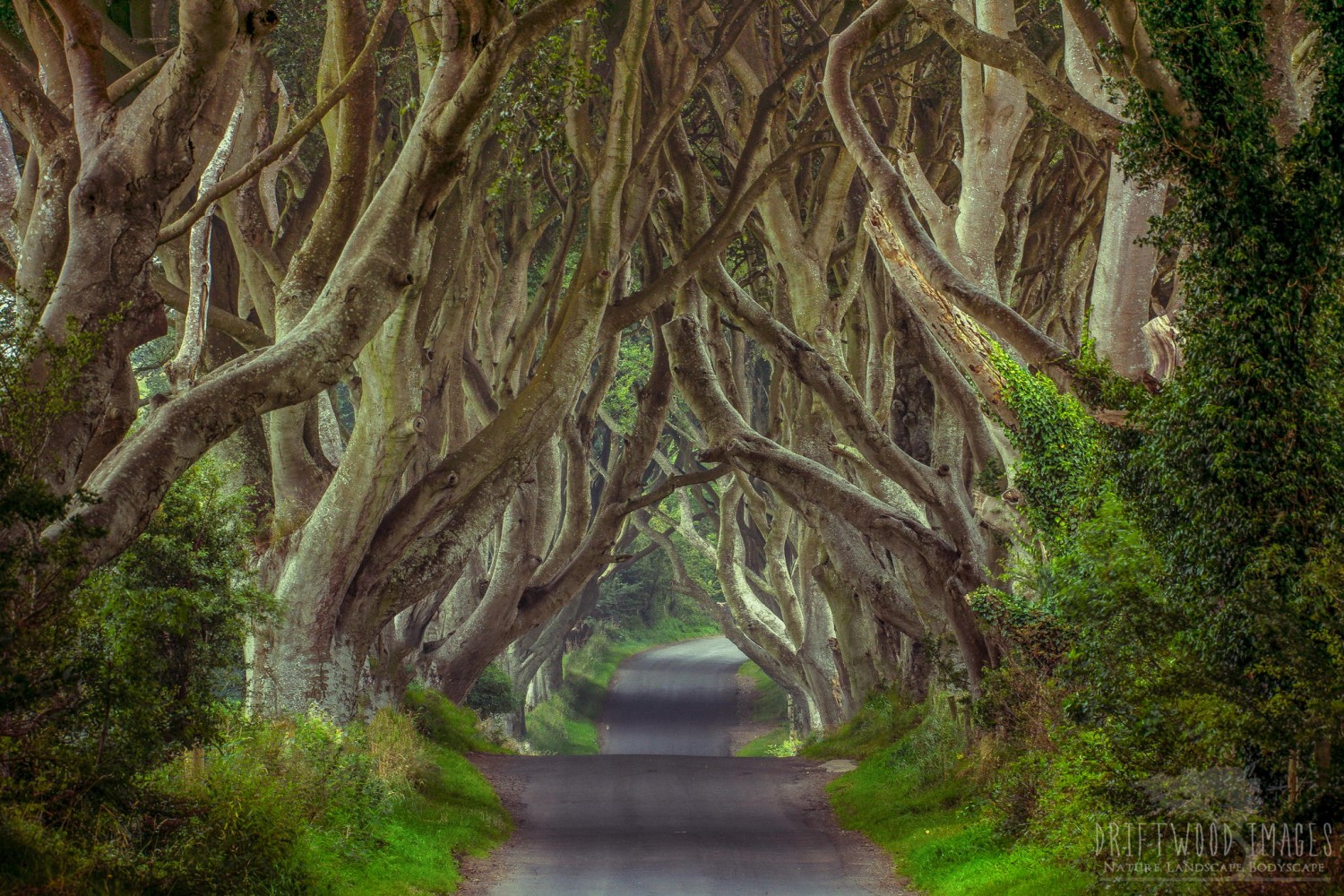This article is guide for the aspiring travel photographer who don’t know where to start. The article originally appeared here, and is being republished with express permission from Viktor.
Viktor Elizarov is a travel photographer and educator from Montreal, Canada. He travels around the world and shares his experiences on his popular travel photography blog. Visit Tutorials section of his blog for free tutorials (including original raw files) and free Lightroom presets.
It was a beautiful day in Montreal. I was on a regular afternoon jog listening to a popular photography podcast. The topic of the episode was travel photography. The guests on the show were two professional photographers with the years of experience.
At the end of the podcast, during the listener question and answer session, the first question immediately grabbed my attention. Why? Because I’ve been asked the same, or a nearly identical, question many times before.
So what’s the question?
I want to start traveling more specifically for photography, but I do not know where to start. Do you have any idea where I should go or how to plan my trip? Should I edit photos while I am there or should I wait until I return home? What cameras, lenses and other equipment do I take? Help! I am suffering from analysis paralysis.
Ok, so perhaps the question has multiple parts but it still rang true to my experience. I was curious to hear the answers because I knew it was a loaded question and definitely not an easy one.
The pro photographers’ answers surprised me.
Here are some of them:
“South Asia is a good place to go.”
“Do not go to Bangkok.”
“If you do not know, choose a place randomly.”
“Europe, maybe.”
Instead of addressing the complex subject of travel photography, the photographers only concentrated on a single aspect: the location. Their answers disappointed me because I do not consider the location to be the essential part of travel photography. You do not need to travel to a remote and exotic destination to enjoy travel photography.
So I’ve decided to put together a blueprint or guide to help people who want to get involved in travel photography, but do not know where to start. I used a similar approach when I first started and it has proven successful over the years.
First and foremost, please do not start your travel photography journey with a trip to South Asia. It will be a waste of time and money, not to mention it will be full of disappointments.
Start smaller and grow from there.
Testing Ground
Find a local park in your neighborhood, preferably within walking distance or a short drive. Make this your testing ground for your equipment and photography routines.
Any urban park has all the essential elements of travel photography: landscapes, cityscapes, people, etc…
Plan your visits during different times of the day. Learn how to deal with the harsh midday light, overcast, rain, sunsets, and sunrises. In doing so, you will figure out what minimum equipment you need to cover different scenarios of travel photography.
For example, I realized pretty early on that a minimalistic approach to photography suits me the best, and all I need is a camera with a walk-around lens. For years, I used a combination of a Canon 60D + Sigma 17-70mm and now I have a similar setup of a Sony a6000 + Sony 16-70mm.
Admittedly, I have more equipment in my possession including a wide angle lens (Sony 10-18mm), tripod, filters, and remote triggers. But, if necessary, I can go on an extensive trip and only take a camera and one lens with me.
I am lucky enough to have a beautiful park only a short, walkable distance from where I live. Even now, when I have a new piece of equipment, I always test it there. When I switched from a Canon to a Sony it was a steep learning curve, and the local park was the ideal place for learning about and testing my new equipment.
Park Rene Levesque in Montreal is my testing ground
Mini Simulation
The next step is to go on a day-long trip to a location within about 1-2 hours drive. In my case, I know all the national and provincial parks around Montreal and most of them make perfect destinations for short photo trips.
This trip will take you away from the comfort of your home for the entire day, and will allow you to start micro planning and testing your skills.
Make sure you plan in advance what spot to visit at sunset or sunrise. It is not always easy to do both during a short trip, so choose only one and make sure you visit the best spot. Use Google search, Google maps, and 500px to pinpoint the perfect location for your sunrise or sunset shoot.
Also, you have to decide how many camera batteries to bring with you, if you need spare memory cards, and so on. If your trip involves challenging hiking, it also might be a good idea to leave the tripod at home.
These trips are designed for photographers to make mistakes and learn. With every new trip, you will learn more about planning, your equipment, and your habits.
When you’re comfortable with the short trips, it is time to graduate to multi-day trips.
Mont-Saint-Bruno national park is only 30km from Montreal
Multi-day Driving Trips
This is how real travel photography started for me.
Montreal is located about 5-7 hours drive from New York, Boston, and Toronto with Niagara Falls. My trips dedicated exclusively to photography started with 2-3 day driving trips to those destinations.
Multi-days trips require much more planning where you should always do your research first and then plan all your sunrises, sunsets and everything in between.
Another new challenge you have to face on these trips is to figure out how to deal with editing and backups.
I am not giving you a specific scenario to follow because, based on my experience, travel routines are always changing and evolving.
For example, in the beginning, I always did some basic edits of my new photos by the end of every day of the trip; now, I only concentrate on my shooting and I start the editing process when I am back at home. But I always have the option to edit photos simply by connecting my tablet to my camera using Wi-Fi, grabbing a few photos, editing them with Snapseed, and posting them to social media.
At the same time, my backup routine has not changed a lot. By the end of the day, I backup all new photos to two external hard drives and always make sure to keep them in two separate places. I have one with me at all times in my bag and the second I keep in the safe in the hotel or in the trunk of my car.
Also, I do not rush to format my memory cards. I keep photos on the cards until I run out of space on all four of them and only then do I start formatting.
The beauty of driving trips is that you do not have to be too selective about the equipment you bring with you. You can load your trunk with everything you own and figure out what pieces are essential for your style of photography later.
New York. Taken during a sunset cruise along the East River.
Hacking Family Vacation
The next step is to hack your family vacation.
You have to be careful with this one so as to ensure you do not agitate your loved ones or ruin the vacation for them.
A family trip can serve as the perfect opportunity for testing your air travel routines. It requires additional research to figure out carry on allowances on every leg of your trip and decide what equipment to bring.
After I brought all my equipment on one of my first family trips to Cuba and hardly used any of it, I started to pack differently by bringing only the necessities along. Also, after I switched from DSLR to Mirrorless, I can pack everything (almost everything) in my carry on without worrying about lost luggage.
Cuba. Sunrise at Cayo Coco beach.
So how do you start planning?
Begin by planning your vacation as you normally would and concentrate on family activities first. When these are done and everybody is happy, you can enhance your trip with photography adventures.
During the vacation, the only time when you can be 100% dedicated to your photography is when everybody is sleeping. On each day of vacation, you will have a few hours between sunrise and breakfast to concentrate on your photography. And, not only will your family be in bed at 5am, so will about 99.9% of tourists.
In fact, you would be surprised how beautiful Venice looks at sunrise—it is completely different and calm without the chaos of crowds.
Last year, my wife and I went to Niagara Falls in the middle of summer on a weekend getaway. It was so crowded during the day that I had no chance of using a tripod. It was even difficult to take any pictures without having people in the frame. But, when I went to the Falls the next morning just before sunrise, I had the entire place to myself. The only person I met there was another photographer who had the same idea.
The key to successfully combining a family vacation with photography and enjoying them both is to plan every single sunrise in advance. The rest of the days will be dedicated to family activities, and are much more difficult to plan around. You can enjoy your family while trying to be as opportunistic as possible with your photography.
After you have completed dozens of one-day local trips, half a dozen short driving trips, and at least a couple of family vacations, you will be ready to go on extensive trips dedicated exclusively to photography.
You will have acquired the necessary skills and established the personal routines that will help you be comfortable, confident, and safe during your travels.

Check what’s in my camera bag…
Conclusion
Learning any new complex process requires breaking it down into smaller digestible chunks that you can then start to tackle one at a time. Travel photography is no different. You cannot learn everything in one shot. By starting small, you will gradually accumulate knowledge, experience, and establish your unique routines.
I hope my simple blueprint will help you fulfill your dream of becoming a travel photographer and accelerate the learning process.
You Might Also Like These Articles:
- A Beginners Guide to Photography | The Essential Guide
- 50 Creative Self-Portrait Ideas To Trump All Selfies
- 21 Poses To Try When Photographing Men
- 16 Classic and Unique Poses for Photographing Women
- 35 Mobile Photography Tips For Taking Better Smartphone Shots

![[Travel Photography] A Beginner's Guide to Learning Travel Photography](https://iso.500px.com/wp-content/uploads/2016/01/sanfrancisco_cover.jpg)












Leave a reply